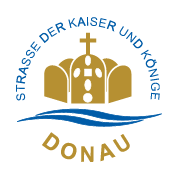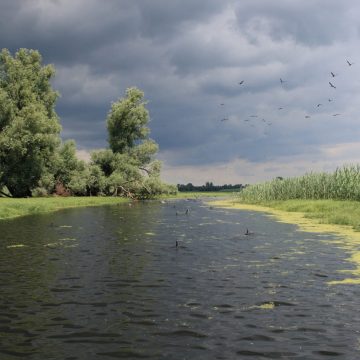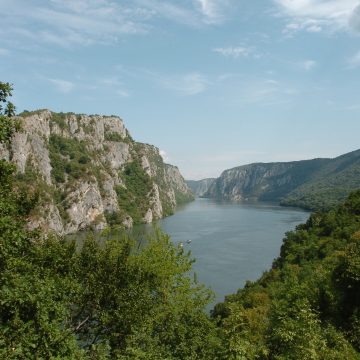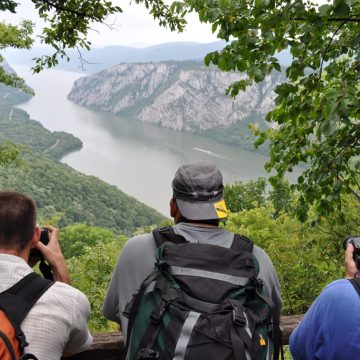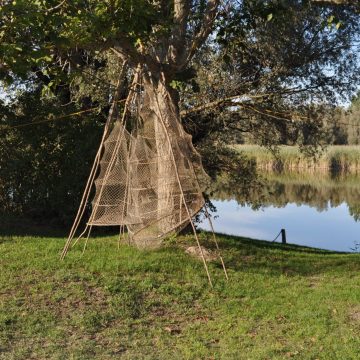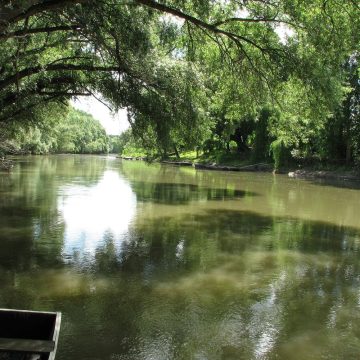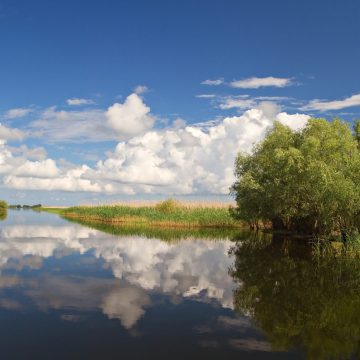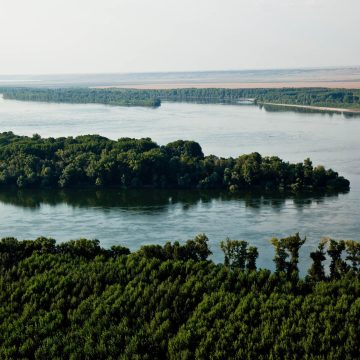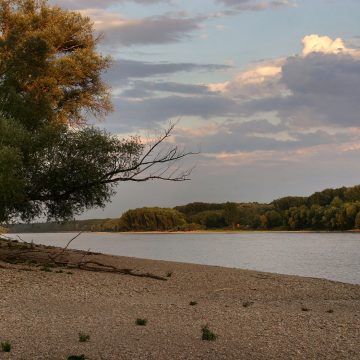Back to the last Danube
Nature and man
In the beginning was the Danube, so the beginning of this story in reference to the creation account of the Bible. Water and nature have shaped the landscape. It was changed, "cultivated" and maltreated by man. Against this scenario, this trail, starting from the triangle of countries Hungary, Croatia and Serbia to the grandiose mouth into the Black Sea, deals with the fascination of the river nature as well as many problematic changes due to human intervention - whether power plants, urbanization or improper use and exploitation.
The Danube in its last stretch forms the largest preserved natural wetland in Europe. Experiencing the Danube here means reconnecting with originality, with ourselves. Here, the image of crossing borders is multidimensional. Here, travel becomes deceleration, an engagement with wilderness and with oneself. While cities have moved ever closer to the river, people are emotionally more distant from nature than ever. Utility moved to the forefront over the balance between people and nature. The further the Danube flows into its estuary, however, the more this balance is still present.
Here the experience that man is part of nature is in the foreground. Nutrition, exercise and traditions are still attuned to this on this part of the Danube. The goal of tourist Danube experiences in this section should be to feel this wholeness and discover it for oneself. The Danube as a mirror for a new symbiosis between man and nature, for the discovery of all senses. The nature experienced here is a great symphony that plays all the expressions of human emotions. The Danube Delta shows the former state of nature in its most complete form - the world before man. A vast expanse of water and reeds, a spectacular place, a world of peace and mystery full of countless life forms - a great final symphony of this European river.
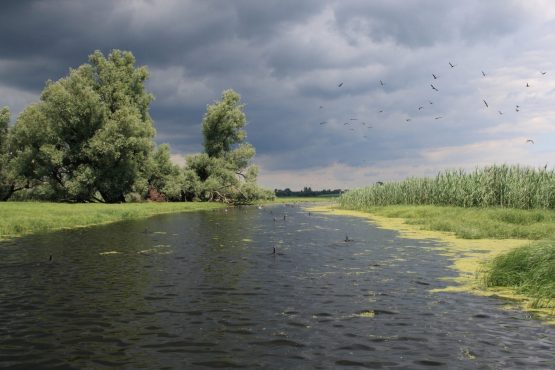
Thus, the lower part of the Danube stands for a new closeness to the river, to nature and also for the message to cultivate a gentle, respectful and caring tourism that protects natural values. The Danube is not a zoo, nor a static exhibition. It is nature in all its beauty, in its vulnerability, in its wilderness, in all its diversity but also in all its challenges and difficulties, which must not always be overcome but also understood and accepted in their importance. This is the fascination of the "last Danube".
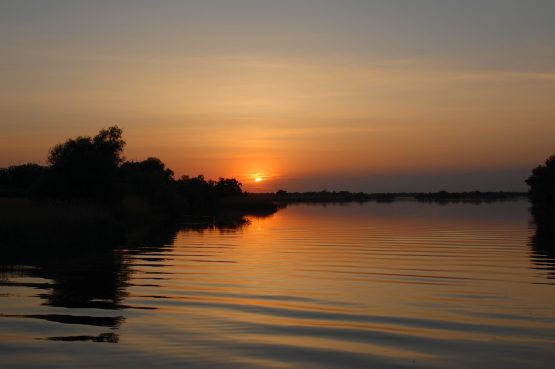
In travel guides, the portrayal of the Danube is almost universally "course-oriented" or "biographical". But we want to embark on essayistic, cultural, ecological, personal and political Danube narratives.
Within the framework of the European Strategy for the Danube Region, the project "Transdanube.Travelstories" considered the entire Danube region, which consists not only of ten countries, but with the most important Danube tributaries from 14 countries. An attempt was made to develop a sense of this river under six themes - two in the upper reaches of the Danube, two from the middle reaches and two in the lower reaches. The images and stories drawn here are intended to make the Danube sound, to make it resonate, like a symphony.
You can read the Transdanube Travel Story "Return to the "last" Danube" here.

The story was written by Eszter Buchert (coordinator) & Zsófia Joó (copywriter). Eszter Buchert was the director of Fertö-Hanság National Park at that time.
She worked as a research and monitoring coordinator, her task was to design and build up the ecotourism offer of the National Park. From 2004 she was the head of the Ecotourism and Environmental Education Department and from 2007 the deputy director of the National Park. Eszter Buchert has led several national and international projects on the Danube.
She has been an active member of the DANUBEPARKS cooperation from the very beginning and for two years, also vice president of the DANUBEPARKS association. She knows the protected areas along the Danube from its source to the Black Sea, and has managed several extensive ecotourism projects in recent years.
Danube Floodplains National Park
Natural Paradise Danube Upper Austria
House on the river in Jochenstein near Passau
Hiking and biking along the Danube:
Nature experiences on and along the Danube:
Nature experiences in Passau Land
Forest Experience Center Regensburg
Experience the Danube in Upper Austria:
